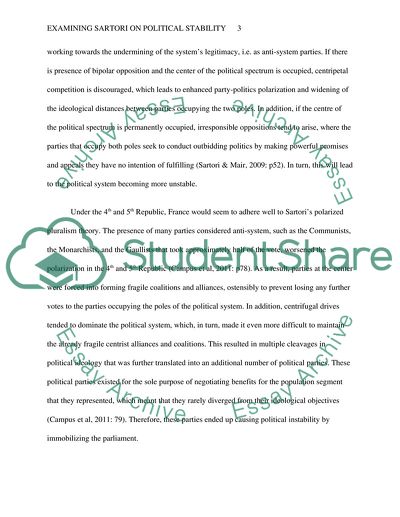Cite this document
(“While Giovani Sartoris theory of polarized pluralist party systems is Essay”, n.d.)
Retrieved from https://studentshare.org/social-science/1667011-while-giovani-sartoris-theory-of-polarized-pluralist-party-systems-is-useful-for-explaining-governmental-instability-we-need-to-take-account-of-other-factors-to-fully-explain-the-political-instability-experienced-by-pre-fifth-republic-france
Retrieved from https://studentshare.org/social-science/1667011-while-giovani-sartoris-theory-of-polarized-pluralist-party-systems-is-useful-for-explaining-governmental-instability-we-need-to-take-account-of-other-factors-to-fully-explain-the-political-instability-experienced-by-pre-fifth-republic-france
(While Giovani Sartoris Theory of Polarized Pluralist Party Systems Is Essay)
https://studentshare.org/social-science/1667011-while-giovani-sartoris-theory-of-polarized-pluralist-party-systems-is-useful-for-explaining-governmental-instability-we-need-to-take-account-of-other-factors-to-fully-explain-the-political-instability-experienced-by-pre-fifth-republic-france.
https://studentshare.org/social-science/1667011-while-giovani-sartoris-theory-of-polarized-pluralist-party-systems-is-useful-for-explaining-governmental-instability-we-need-to-take-account-of-other-factors-to-fully-explain-the-political-instability-experienced-by-pre-fifth-republic-france.
“While Giovani Sartoris Theory of Polarized Pluralist Party Systems Is Essay”, n.d. https://studentshare.org/social-science/1667011-while-giovani-sartoris-theory-of-polarized-pluralist-party-systems-is-useful-for-explaining-governmental-instability-we-need-to-take-account-of-other-factors-to-fully-explain-the-political-instability-experienced-by-pre-fifth-republic-france.


